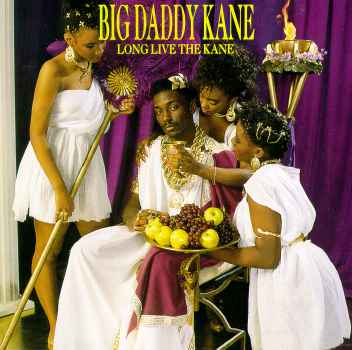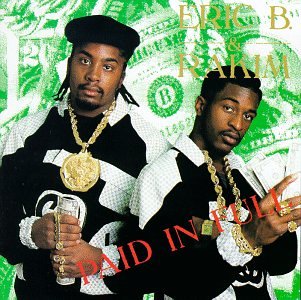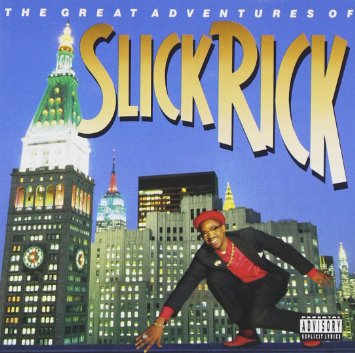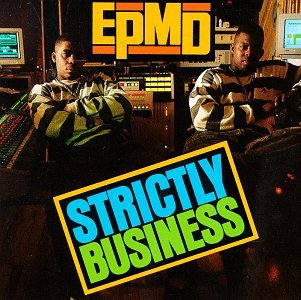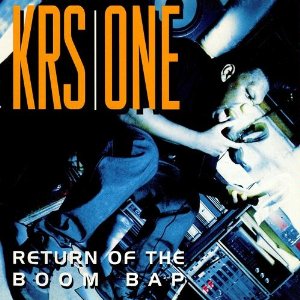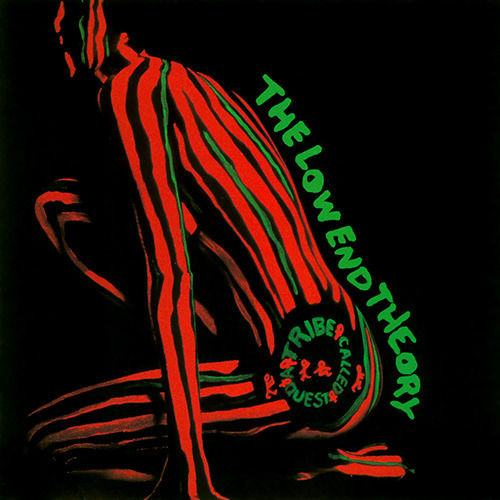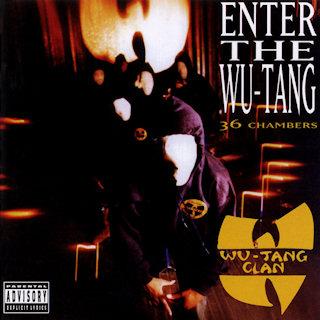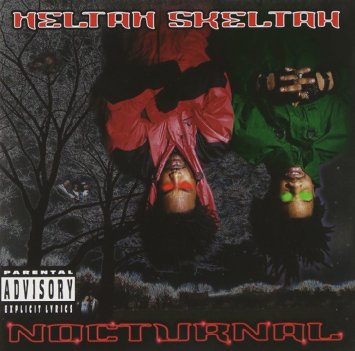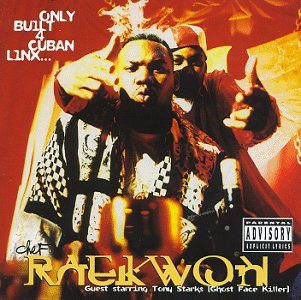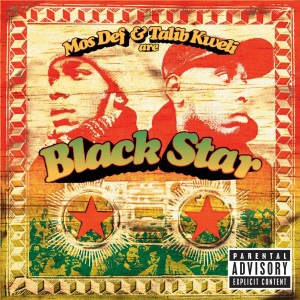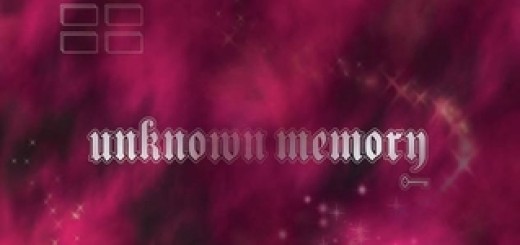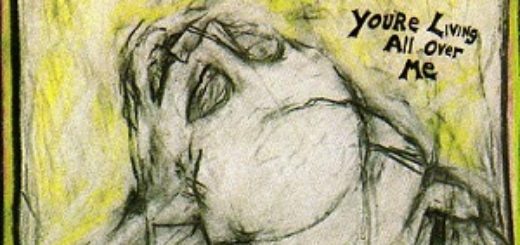Crossfader’s Boom Bap Primer
Of all the possible combinations of notes, melodies, and rhythms, there are very few that hook an audience like the 4/4 boom-bap beat in hip hop. The simple combination of a drum loop and steady bass serves as the perfect backbone for infinite variations of rhymes and over-layed samples. It can seem that the beat is overly simple, but in reality it allows for almost any kind of storytelling, meter, and rhyme patterns, while simultaneously requiring intense craftsmanship to fit every line tightly to the restrictions of the beat. The ingenuity in the early days of hip hop sprung out of the tight restrictions on the form. Originally, MCs were literally masters of ceremony to the Bronx’s many, many talented DJs who were spinning records and coming up with increasingly powerful new techniques and beats at block parties (you can let GZA tell the story further, if need be). Over time, the MCs began to get more and more creative with their rhymes and the ways they would grab a crowd’s attention during these parties, oftentimes competing against each other as well as against the noise of the crowd to command attention, until eventually an entirely new form of poetry called rap was born. From the mid-80s to the mid-90s, boom bap gained relevance throughout the Bronx until it grabbed hold of national attention in the early 90s and became a defining sound within hip hop as a whole as it began to be embraced by the mainstream. Digging into boom bap is a window into the cradle of hip hop’s origins and some of its most important records. Hip hop as a whole is such a dense and complicated genre that piecing together how one record connects to the next can be a daunting task, but when the puzzle starts to come into focus, it truly becomes electrifying.
Below is a list of eleven essential East Coast legends whose legacy and dedication to the groove still holds strong. You’re probably familiar with Nas, Biggie, and De La Soul, but this list should help build the connective tissue to understand one of the most important subgenres of hip hop.
Big Daddy Kane – LONG LIVE THE KANE
Favorite Tracks: “Ain’t No Half Steppin’,” “Set It Off,” “Long Live the Kane”
“Ah yeah, I’m with this. I’m just gonna sit here and lay back to this nice mellow beat, y’know? And drop some smooth lyrics…” Just like that, Big Daddy Kane declared the beginnings of boom bap. Still imitated, sampled, and revered, Big Daddy Kane was a pioneer in every sense of the word. With “Ain’t No Half Steppin’” on LONG LIVE THE KANE, Kane effortlessly laid out a rhyme structure and delivery style that grabbed the attention of an entire generation of MCs that would follow him. The whole album is still a dizzyingly tight and exciting record; Kane rhyming in double-time on “Set It Off” is almost as jaw-dropping today as it must have been in 1988, even though the track is edging on 30 years old. The album art featuring Kane dressed as a Roman emperor being fed grapes by women is also the essential hip hop album cover, with a larger-than-life rapper front and center and decked out in over-the-top luxury. Produced by boom bap legends Juice Crew All Stars, the snare and bass sound on LONG LIVE THE KANE is addictive, fun, and instantly familiar to modern ears. LONG LIVE THE KANE is essentially both the ABBEY ROAD and the PARANOID of hip hop; it so completely defined the sound and aesthetic of an entire genre.
Eric B and Rakim – PAID IN FULL
Favorite Tracks: “I Ain’t No Joke,” “I Know You Got Soul,” “Move the Crowd”
Just in terms of defining the sound of boom bap, PAID IN FULL is an incredibly influential record. Just like almost everyone has heard a Big Daddy Kane line in a verse even if they’ve never heard Big Daddy Kane, you’ve heard one of Eric B’s beats before; they’re so influential and fresh, nearly 30 years later. Pair the beats with Rakim’s lucid and effortless rhyming system that essentially pioneered the braggadocio MC as a personality, and you have an incredibly potent record. It was also a game-changer in the sense that it began as two guys recording in Marly Marl’s home studio; this was when hip hop was truly outsider music and unlike anything anyone had heard up to that point.
Slick Rick – THE GREAT ADVENTURES OF SLICK RICK
Favorite Tracks: “Children’s Story,” “Hey Young World,” “Mona Lisa”
As hip hop gained aggression, gangster swagger, and political consciousness, its origins as a form of party music became obscured. THE GREAT ADVENTURES OF SLICK RICK is a fantastic record to look back on and remember how fun hip hop can really be. Even “Children’s Story,” with its intense descriptions of gangster violence, features the British-born rapper doing ridiculous cartoon voices of children listening to a bedtime story. More than anything, though, Slick Rick was an endlessly creative pervert whose ability to tell an X-rated story can still make a grown man blush. Referenced and loved by everyone from Outkast to Biggie to Danny Brown to Lil Ugly Mane, this is another record that still has its fingerprints all over hip hop.
EPMD – STRICTLY BUSINESS
Favorite Tracks: “You Gots to Chill,” “I’m Housing,” “The Steve Martin”
Erick and Perrish Making Dollars moved the needle forward in boom bap in a number of key ways. Incorporating funk and more groovy bass samples into their beats, STRICTLY BUSINESS greatly expanded the sounds that were possible under the umbrella of boom bap, and the groove on this record is absolutely booty-shaking. Lyrically, Erick and Parrish were also pretty revolutionary. They smoothly trade verses back and forth in a way that’s not directly battle-rhyming, but there’s a subtext of healthy competition between the two on almost every track. This is also one of the earliest hints at the coming gangster rap; Slick Rick and Grandmaster Flash might have painted a picture of living in the ghetto, but nobody had really glorified the violence of the ghetto like EPMD did on tracks like “I’m Housing”. NWA would of course be the first official gangsta rap act, but EPMD’s descriptions of violence were almost more shocking in the straightforward and less abrasive way they were delivered. It’s simultaneously a deeply groovy record and a provocative one, walking the line as the sound of hip-hop was about to transition its focus.
KRS-One – RETURN OF THE BOOM BAP
Favorite Tracks: “Sound of da Police,” “Return of the Boom Bap,” “Mortal Thought”
Arguably one of the smartest and most original MCs ever, KRS-One is hip hop’s proverbial encyclopedia of knowledge about the history of the genre, the struggles of black people in the United States, and political consciousness in general. RETURN OF THE BOOM BAP came out during boom bap’s peak popularity from ‘92-’93, but KRS-One was there from the very beginning. KRS-One was one of the founding members of Boogie Down Productions, the group often credited with inventing boom bap’s sound. After Boogie Down co-founder and KRS’ mentor DJ Scott La Rock died, this record was KRS-One’s first solo venture, declaring boom bap as a genre that would carry on beyond the Bronx. On this record, KRS’ bombastic voice and anger are complemented not only by the genre-necessitated beats, but also fantastic reggaeton samples. His ability to lay out pages and pages of ideas and wickedly clever rhymes over the course of one track like on “Sound of da Police” is still difficult to rival.
A Tribe Called Quest – THE LOW END THEORY
Favorite Tracks: “Excursions,” “Buggin’ Out,” “Verses from the Abstract”
Quite possibly the perfect boom bap record, the rhythms and rhymes on THE LOW END THEORY are so tight you couldn’t even slip a sheet of paper between them. The groove Tribe found on this record is relaxing and simultaneously constantly stimulating, thanks in large part to the jazz influences that can be heard on almost every track. Tribe had a thorough understanding of all the black art that had emerged from New York from the Harlem renaissance onwards, and their integration of so many different forms of black music into LOW END THEORY makes it a truly timeless record. Q-Tip, Phife Dawg, and Ali Shaheed Muhammad crafted a style of relaxed, alternative hip hop; very intentionally going against the G-funk grain that was rapidly taking over the genre at the time. From the opening bars of “Excursions” to the game changing battle-rhyming “Scenario” (featuring Busta Rhymes at his absolute best), LOW END has an energy that’s impossible to deny.
Wu-Tang Clan – ENTER THE WU-TANG (36 Chambers)
Favorite Tracks: “Protect Ya Neck,” “Da Mystery of Chessboxin’,” “Bring Da Ruckus”
Hip hop still doesn’t have anything like the Wu-Tang Clan. As boom bap and hip hop in general were becoming more commercial and more over-produced, RZA and the Clan dropped a dark, sparse, and infectious record with some of the most eclectic verses from the widest variety of MCs ever featured on one piece of wax. In terms of boom bap, ENTER THE WU-TANG is enormously influential thanks to RZA’s revolutionary production style. Making use of samples from the kung-fu movies that defined his childhood, RZA inverted the traditional boom bap beat by generating off-beat drum loops that oftentimes relied on very little other instrumentation. The blasting, simple drums and snaps on “Bring Da Ruckus” declared this to be a record that would change the game. With nine different MCs assembled, 36 CHAMBERS is packed with rhymes by hungry rappers all out to top each other, all the time (you can read my piece about theoretically fighting the members of Wu-Tang here). Its impact was immediate, and it’s still the super group’s most popular record today.
Heltah Skeltah – NOCTURNAL
Favorite Tracks: “Sean Price,” “Therapy,” “Leflaur Leflah Eshkosha”
One of the lesser-known records on this list, it’s also easily the darkest. Gone almost completely from this record is the fun block party vibe from the 80s. Hip hop in general was headed into a much darker and nihilistic space in the mid-90s and boom-bap East Coasters like Mobb Deep were going there with it. Heltah Skeltah could border on horrorcore at times with zombie and voodoo imagery, but the production on this record has hints of beauty laced into it with strings and pianos that shine a ray of hope in a dark world. The late Sean Price is also an unsung hero of hip hop, a lyricist with shocking clarity and an absolutely gymnastic ability to endlessly bend phrases into rhymes.
Raekwon – ONLY BUILT 4 CUBAN LINX…
Favorite Tracks: “Knuckleheadz,” “Guillotine (Swordz),” “Heaven & Hell”
A lot of great solo records followed Wu-Tang’s release of 36 CHAMBERS, but the most important to know among them is definitely ONLY BUILT FOR CUBAN LINX… Raekwon’s raspy, loud-mouthed style found a great home with production that moved slightly away from RZA’s traditional kung-fu samples and sparse beats for more lush and cinematic instrumental samples that fit the rapper’s hard-but-luxurious delivery. With support from Ghostface Killah, Method Man, and Cappadonna, this record is the strongest solo record of any Wu-Tang members, managing to balance feeling like a Wu-Tang group outing while simultaneously feeling like an original boom bap cut. The Chef is also in rare lyrical form on this album, with some of his sharpest rhymes and most varied subject matter.
Black Star – MOS DEF & TALIB KWELI ARE BLACK STAR
Favorite Tracks: “Children’s Story,” “Definition,” “Brown Skin Lady”
Mos Def is in competition with KRS-One for being one of the sharpest MCs of all time, and Talib Kweli is directly behind him. Coming out in 2002, well after the peak of boom bap, this record shamelessly pays tribute to the craft of old school hip hop. With an emphasis on lyricism, Talib and Mos put together an essentially perfect socially conscious record densely packed with some of the most poetic and well-crafted lines in hip hop history. Just take a look at the Rap Genius for any particular track to see how much is packed into just about every moment of this record. With BLACK STAR, the two MCs demonstrated how boom bap could remain an influential method of delivering the best lyrics possible, the true lasting power of the beat.

